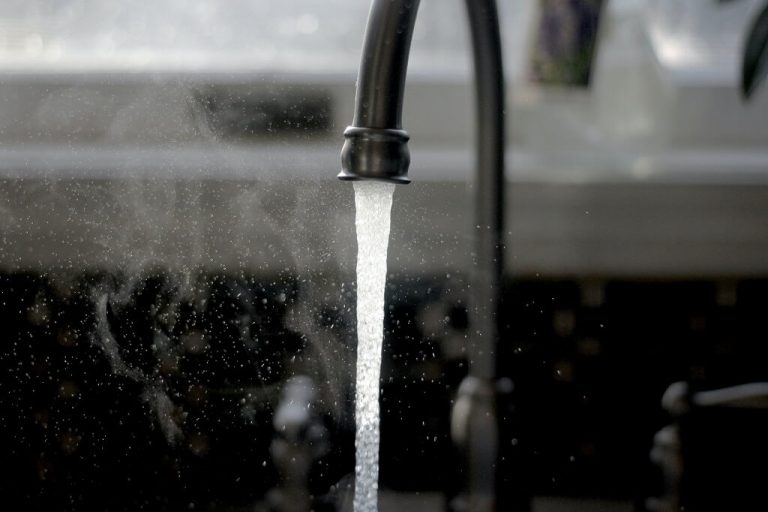The SARS-CoV-2 virus is the causative virus of the COVID-19 disease. Although most people with COVID-19 have mild symptoms, some become severely ill. Furthermore, most people get better within weeks of contracting the disease. However, some experience post-COVID conditions, which include a wide range of new, ongoing, or returning health problems occurring for more than four weeks of getting infected with the causative virus of COVID-19. Studies show that older people and people with underlying medical conditions are more likely to experience severe COVID-19 symptoms. Fortunately, there are safe and effective vaccines against COVID-19. A letter to Washington, DC, the Governors in all 50 states, tribes, and territories contains a request. The request is that state authorities consider water and wastewater workers, manufacturers, and suppliers that provide vital materials and services in the water sector as essential workers and businesses when enacting restrictions for curbing the spread of COVID-19. The…
Per and polyfluoroalkyl substances (PFAS) are man-made chemicals used for clothing to furniture since the 1940s. These substances are also used for electronics and food packaging. Industries have used these chemicals due to their repellent properties. Because PFAS were associated with adverse health effects in the early 2000s, they were taken out of production in the United States. Unfortunately, these chemicals were carried throughout the environment and in water supplies. Many of these environmental issues were caused by overseas manufacturing, imported products, and will form a strong bond that can resist degradation. According to the Environmental Working Group, it’s estimated that more than 200 million Americans have PFAS in their drinking water. Read on to learn about PFAS, if your water is contaminated, and how you can remove it from your water. About PFAS PFAS are man-made chemicals created by a mixture of carbon and fluorine forming one of the…
Water can dissolve and absorb almost any substance; hence, it is a universal solvent. The total dissolved solids (TDS) level is the number of dissolved particles, whether organic or inorganic, in a particular volume of water. Water quality is dependent on the TDS level. This article discusses total dissolved solids, the measurement, and reducing TDS levels to improve water quality. Kindly read on for more information! What Is TDS? Total dissolved solids (TDS) indicate the level of dissolved organic and inorganic matter in a volume of water; the matter could be metals, salts, minerals, and ions. Generally, TDS is a measure of anything apart from an H2O molecule that dissolves in water. Because water is a universal solvent. It absorbs part of any soluble material it comes in contact with, thus, increasing TDS levels. Familiar sources of TDS in water include natural water springs, municipal water treatment chemicals, road runoffs,…
The water filter pitcher is one of the most popular filtration options on the market for its accessibility and convenience. Many consumers purchase the water filter pitcher to reduce unpleasant flavors and odors, and wish to improve the water quality. Among all kinds of pitchers with different designs and filtration performances, the ZeroWater filter pitchers stand out for their ability to reduce the TDS (total dissolved solids) to zero. Yet, behind the successful marketing concept, the product receives numerous complaints about its taste and replacement cost. Before making the purchase, let’s take a thorough look at the ZeroWater pitcher. We’ll ask how long does the ZeroWater filter last, and why does the water taste lemony? The unpleasant taste within a very short time Based on many reviews and product comparison reports, the water filtered by ZeroWater tastes better than that of Brita and PUR water filter pitchers. However, consumers complain…




